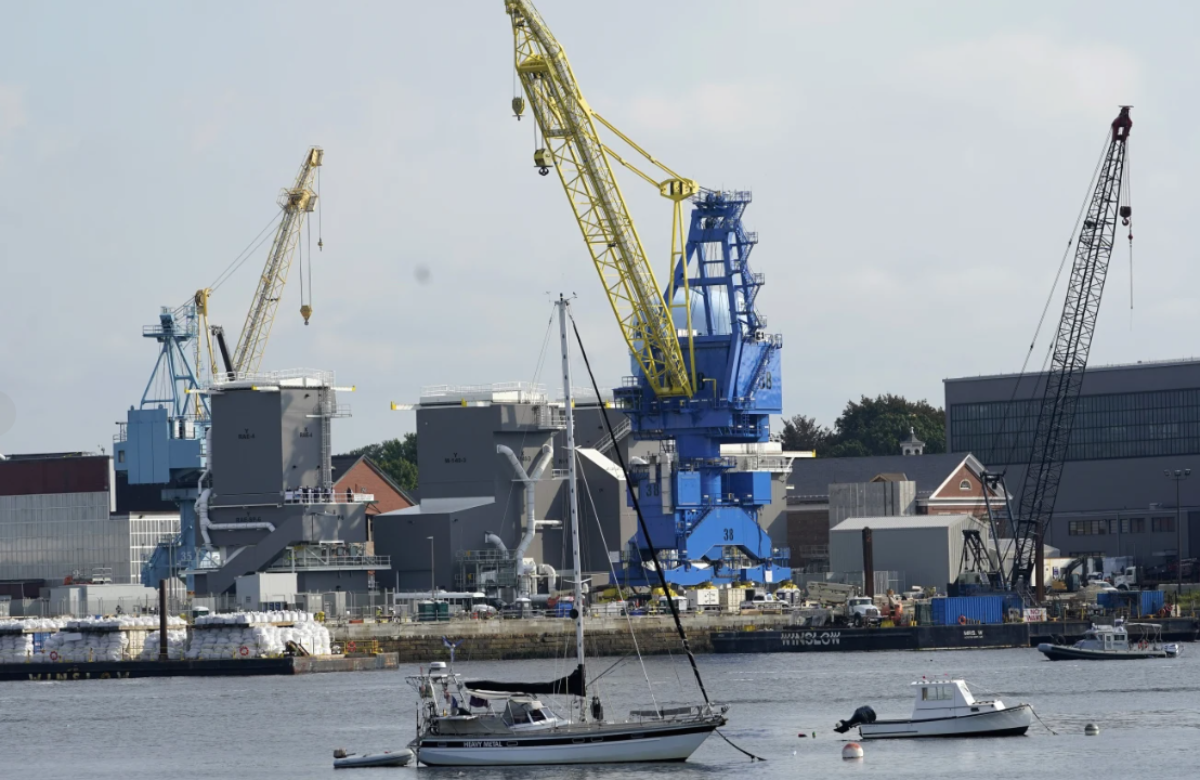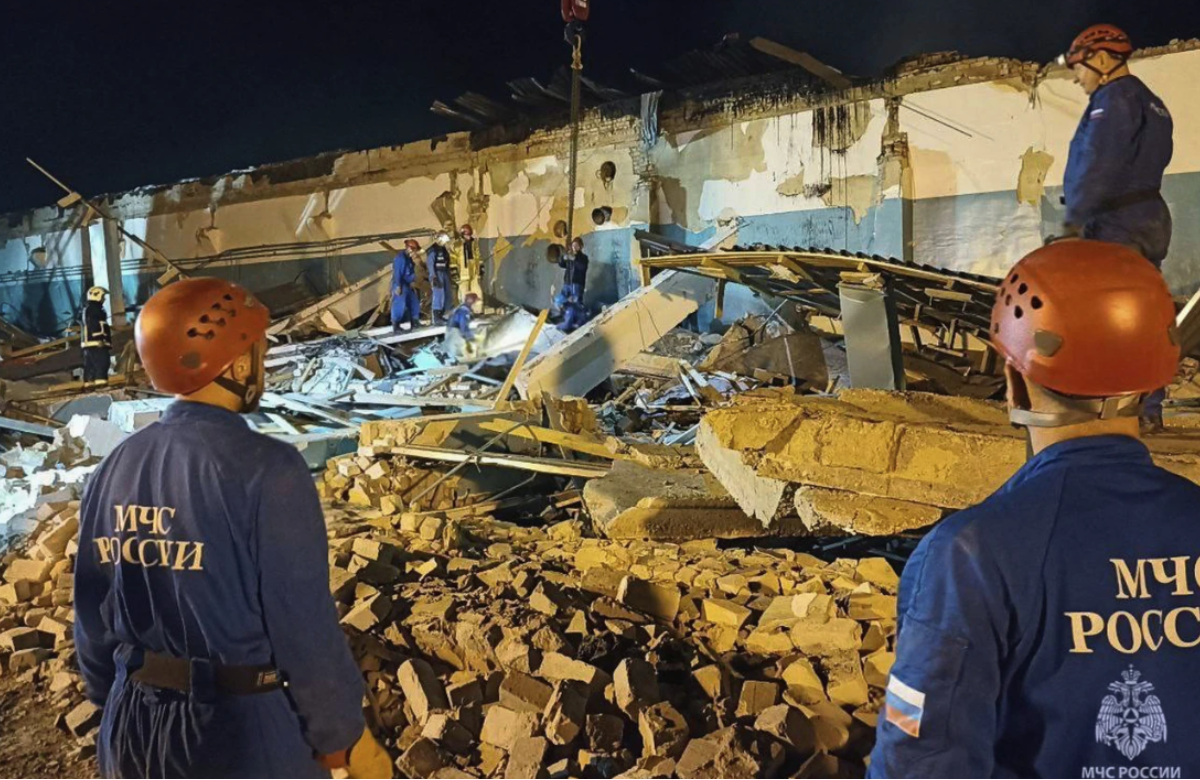A series of earthquakes has caused significant damage to centuries-old monasteries in the remote Mount Athos region of northern Greece. The tremors began with a magnitude 5.3 quake on June 7, striking the Mount Athos peninsula and continuing with several smaller land and undersea aftershocks through the following week.
The Greek Culture Ministry reported that the Monastery of Xenophon, dating back to the late 10th century, suffered serious structural cracks in its dome. Several religious frescoes, including at this monastery and others in the area, were also damaged.
Mount Athos, also known as the Holy Mountain, is a deeply significant site for Orthodox Christianity. It functions as a self-governed monastic community under Greek sovereignty and is home to 20 Orthodox monasteries. The region is known for its strict adherence to centuries-old religious traditions, including a longstanding prohibition on women entering the territory.
Culture Minister Lina Mendoni emphasized the importance of Mount Athos as a site of immense historical, archaeological, and spiritual value. She confirmed that restoration efforts would be expanded and accelerated, focusing on structural repairs and the conservation of damaged artwork.
A more detailed evaluation of the extent of the damage is expected next week. According to Emmanuel Scordilis, a seismology professor at the University of Thessaloniki, the quakes appear to be part of an aftershock sequence. He noted that the fault line in the region is not expected to produce earthquakes stronger than magnitude 6.0.













